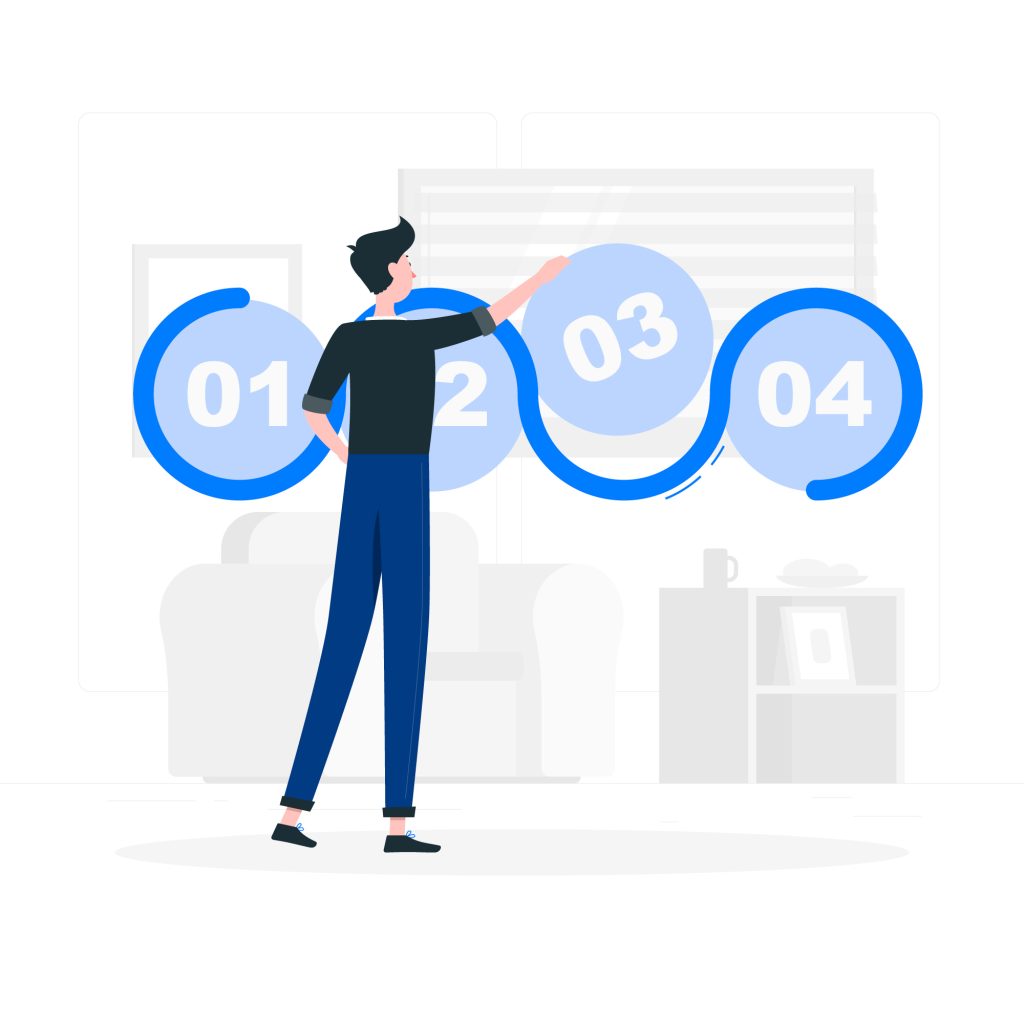Best OCR SDK: The Top 7 Tools Compared

Whether for business automation, document processing, or compliance needs, choosing the best OCR SDK for your specific use-case can be challenging if it doesn’t meet your exact requirements.
Optical Character Recognition (OCR) technology is transforming industries by enabling automated data extraction from scanned documents, invoices, forms, and handwritten notes.
In this post, we compare all the top recommended OCR SDKs across the internet, with both open-source and commercial alternatives to help you find your best option as per your requirements and use-case.
What is OCR and How Does it Work?
OCR (Optical Character Recognition) is a technology that converts different types of documents, such as scanned paper documents, PDFs, or images, into machine-readable text. It works by analyzing the shapes and patterns of characters in an image and translating them into digital text using pattern recognition, AI, and machine learning models.
How OCR Works:
- Image Preprocessing – Enhances image quality by removing noise, adjusting contrast, and detecting edges.
- Character Recognition – Identifies characters using pattern-matching or AI-based techniques.
- Post-Processing – Corrects errors and enhances text formatting.
- Data Extraction & Storage – The extracted text is saved in a searchable format for further processing.
OCR API Use Cases
OCR technology is widely used across industries to streamline workflows and improve data accessibility. Some common use cases include:
- Finance & Banking: Extracting text from checks, invoices, and financial documents.
- Healthcare: Digitizing medical records and prescriptions.
- Retail & E-commerce: Automating product cataloging and invoice processing.
- Legal & Compliance: Converting legal documents into searchable text.
- Government & Public Sector: Processing identity documents like passports and driver’s licenses.
Evaluating OCR API Solutions
When selecting an OCR solution, consider the following factors:
- Accuracy & Language Support – Look for multi-language support and high text recognition accuracy.
- Integration & API Support – Ensure the OCR API integrates well with your existing tech stack.
- Processing Speed & Scalability – Choose a solution that meets your business’s processing demands.
- On-Premise vs Cloud-Based – Decide based on compliance and data security needs.
- Advanced Features – Look for features like handwriting recognition, barcode scanning, and document classification.
- Pricing & Licensing – Consider pay-per-use models vs. one-time licensing costs.
Comparison of OCR SDKs & APIs
For those exploring free alternatives, open-source OCR tools like Tesseract, OCRopus, and GOCR are available. However, they come with limitations in accuracy, language support, and ease of integration.
| Feature | GdPicture OCR SDK | Tesseract OCR | OCRopus | GOCR |
|---|---|---|---|---|
| Accuracy | High | Moderate | Varies (requires training) | Low |
| Languages Supported | 100+ | 100+ | Requires training | Limited |
| Handwriting Recognition | Yes | Limited | Requires training | No |
| Document Layout Analysis | Advanced | Requires external tools | Advanced | None |
| Barcode & MICR Support | Yes | No | No | No |
| Hyper-Compression | Yes | No | No | No |
| Ease of Integration | API & SDK | CLI/API | Requires configuration | Limited |
| Enterprise Support | Yes | No | No | No |
So, Which is the Best OCR SDK? We Compared the Top 8 OCR SDKs Below for You
1. GdPicture OCR SDK
✅ Pros:
- High accuracy due to AI-powered OCR technology
- Supports over 100 languages, including complex scripts
- Offers MICR, barcode recognition, and hyper-compression
- Enterprise-grade APIs with seamless integration into various programming environments
- One-time licensing fee rather than recurring pay-per-use pricing
❌ Cons:
- Higher upfront cost compared to pay-per-use solutions
- Requires installation and configuration for on-premise use
💰 Pricing: One-time licensing fee (contact for pricing details)
2. Tesseract OCR
✅ Pros:
- Open-source and completely free to use
- Supports over 100 languages
- Works well for basic OCR tasks and is continuously updated by the community
- Can be customized and trained for specific use cases
❌ Cons:
- Requires extensive training for high accuracy
- Does not include built-in document layout analysis or handwriting recognition
- No official customer support
💰 Pricing: Free
3. Google Cloud OCR
✅ Pros:
- Cloud-based, eliminating the need for local installation
- Integrates seamlessly with other Google Cloud services
- Supports handwriting recognition and document layout analysis
❌ Cons:
- Pay-per-use pricing can become expensive for large-scale document processing
- Requires an internet connection for cloud-based operations
- Some advanced features require additional configuration
💰 Pricing: Pay-per-use model
4. Amazon Textract
✅ Pros:
- Strong document classification and text extraction capabilities
- Integrates well with AWS services
- Can analyze structured and semi-structured documents
❌ Cons:
- Limited language support compared to competitors
- Pay-per-use pricing can be costly for high-volume document processing
💰 Pricing: Pay-per-use model
5. ABBYY FineReader
✅ Pros:
- Highly accurate OCR with strong document analysis
- Supports a vast number of languages (200+)
- Offers cloud and on-premise deployment options
❌ Cons:
- Subscription-based pricing may not be cost-effective for small businesses
- Requires training for optimal performance in complex document processing
💰 Pricing: Subscription-based
6. OCRopus
✅ Pros:
- Uses deep learning for text recognition
- Good for historical document digitization
❌ Cons:
- Requires significant training for accurate recognition
- No official support, as it’s not actively maintained
💰 Pricing: Free
7. GOCR
✅ Pros:
- Lightweight and simple OCR solution
- Works well for basic OCR needs
❌ Cons:
- Limited language support
- Lower accuracy compared to other solutions
💰 Pricing: Free
Comparison of Commercial OCR Solutions
| Feature | GdPicture OCR SDK | Google Cloud OCR | Amazon Textract | ABBYY FineReader |
|---|---|---|---|---|
| Accuracy | High | High | High | Very High |
| Languages Supported | 100+ | 50+ | 50+ | 200+ |
| Handwriting Recognition | Yes | Limited | Yes | Yes |
| Document Classification | Yes | No | Yes | Yes |
| Barcode & MICR Support | Yes | No | No | Yes |
| On-Premises Option | Yes | No | No | Yes |
| Cloud-Based Support | Yes | Yes | Yes | Yes |
| Hyper-Compression | Yes | No | No | No |
| Pricing Model | One-time license | Pay-per-use | Pay-per-use | Subscription-based |
GdPicture OCR SDK: A Feature-Rich Commercial Option
GdPicture OCR SDK is a premium solution designed for businesses that require highly accurate OCR capabilities, extensive integration options, and advanced document processing features.
Key Features
- High Accuracy & AI-Powered Recognition: Uses machine learning algorithms for superior text extraction.
- Multilingual OCR: Supports over 100 languages, including complex scripts like Chinese and Japanese.
- Document Recognition & Forms Processing: Automates data extraction from invoices, contracts, and structured documents (Forms Processing).
- MICR & Barcode Recognition: Ideal for banking, finance, and logistics (MICR OCR).
- Hyper-Compression Technology: Reduces file sizes without compromising quality (Hyper-Compression).
- Developer-Friendly APIs: Seamless integration into .NET, Java, C++, and web applications.
Final Thoughts: Which is the Best OCR SDK?
If you’re looking for a free OCR option, Tesseract OCR is the best open-source solution. However, it lacks advanced document processing capabilities required by businesses.
For high-accuracy, enterprise-ready OCR, GdPicture OCR SDK stands out against both open-source and commercial alternatives. It offers superior features, flexible licensing, and better support, making it the current best choice.
Want to have a high-quality OCR? Try GdPicture OCR SDK today!
Frequently Asked Questions (FAQ)
1. What is the most accurate OCR software?
ABBYY FineReader and GdPicture OCR SDK are among the most accurate OCR solutions available, offering high accuracy for various document types.
2. Is there a free OCR solution?
Yes, Tesseract OCR and OCRopus are free open-source OCR solutions, but they require additional training and configuration for optimal performance.
3. Can OCR recognize handwriting?
Some OCR solutions, such as GdPicture OCR SDK and ABBYY FineReader, include handwriting recognition capabilities, though accuracy varies based on handwriting quality.
4. What is the best OCR for enterprises?
GdPicture OCR SDK is an excellent enterprise solution due to their advanced document recognition, API support, and scalability.
5. What are the pricing models for OCR software?
OCR pricing varies: some solutions, like Tesseract, are free, while others, like Google Cloud OCR, operate on a pay-per-use model. GdPicture offers a one-time licensing fee.

Hulya is a frontend web developer and technical writer at GDPicture who enjoys creating responsive, scalable, and maintainable web experiences. She’s passionate about open source, web accessibility, cybersecurity privacy, and blockchain.
Tags:
